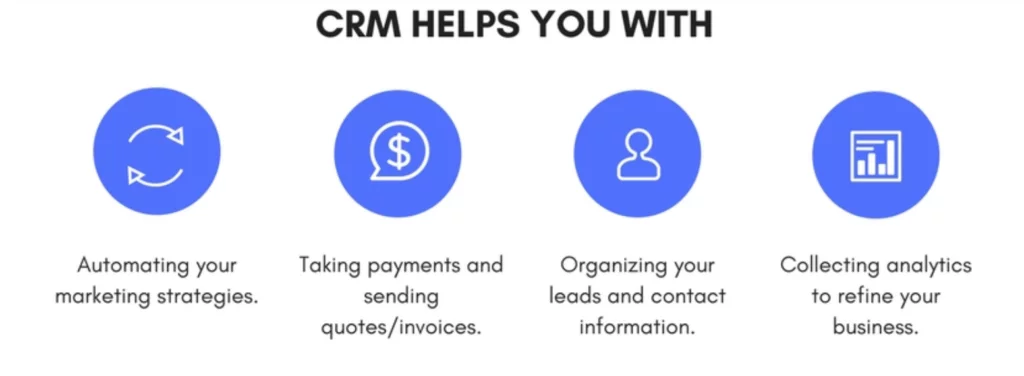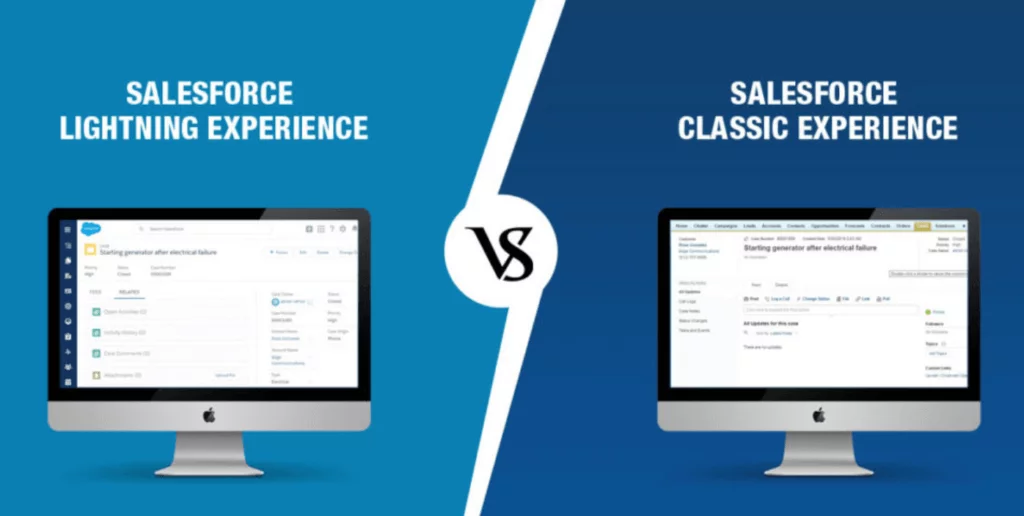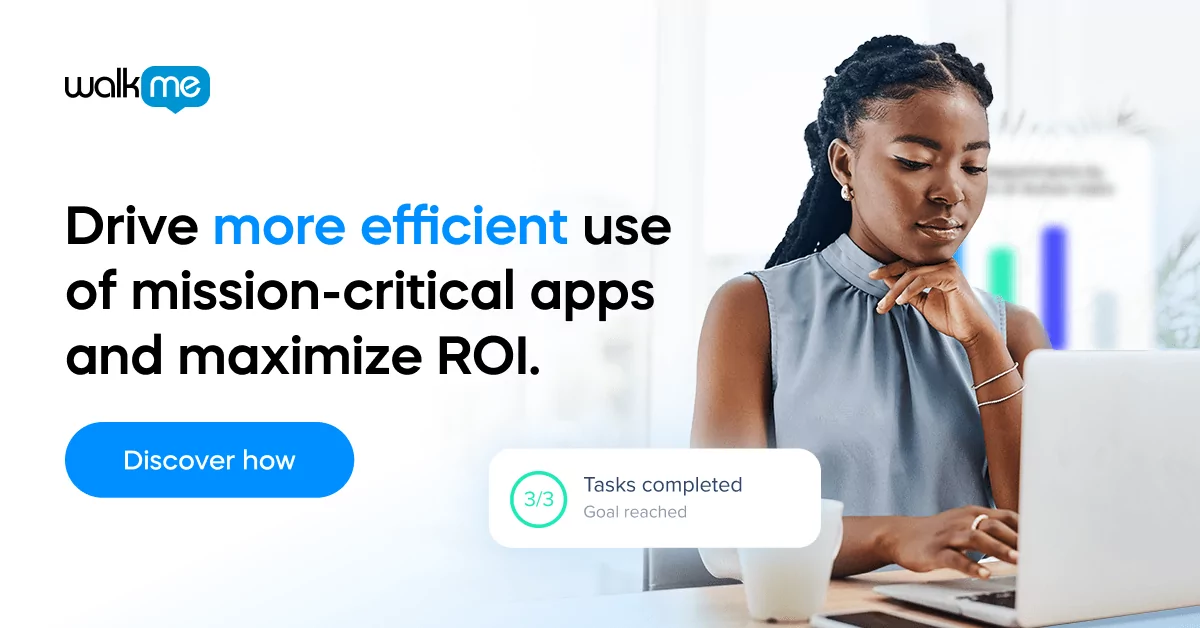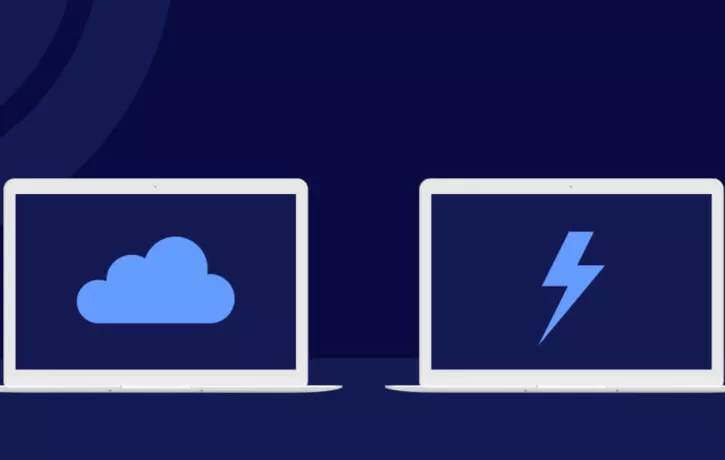Salesforce Lightning vs. Classic – is it worth migrating to the new version of the world’s most popular CRM platform?
Migrating from Classic to Lightning does not have to be difficult, especially if sales managers leverage training solutions such as WalkMe’s digital adoption platform (DAP), a training solution that can automate and streamline adoption.
However, before actually making the decision to migrate to Salesforce Lightning, it is a good idea to understand how it compares to Classic and whether it will be worth the investment.
To start off, we’ll cover the fundamentals: what Salesforce is and why sales teams use it.
What is Salesforce?
Salesforce is the world’s leading customer relationship management (CRM) platform.
Like other CRM platforms, Salesforce is designed to help sales teams manage relationships and interactions with customers, leads, and prospects.

Salesforce combines the most important features sales teams need to stay connected to their audience, such as contact management and sales management.
Yet Salesforce continues to evolve and it offers many more innovative features, such as:
- Task automation, which can free up time for more valuable activities
- Data analysis features that give sales teams deeper insights into individual customers, the audience as a whole, sales performance, and the customer journey, among other things
- Integrations with a wide range of other apps, which helps to stream sales teams’ cross-platform workflows, save time, and improve employee productivity
Ultimately, however, businesses choose to use Salesforce not for a specific set of features, but for the impact that the platform has on the business itself.
Who uses Salesforce and why?
The short answer is that any business that wants to improve sales performance can benefit from using Salesforce.
Here is a more detailed list of reasons why companies use Salesforce:
- Salesforce can connect information silos within a business, improving internal data sharing, business insights, customer experiences, and more
- Companies that use Salesforce can realize significant performance improvements to lead conversion, win rates, marketing campaign effectiveness, and customer retention, among other metrics
- CRM platforms such as Salesforce help identify and categorize new leads
- Since Salesforce can offer immediate access to a customer’s history with a company, customer service representatives can deliver better, faster customer care
As with most other modern software platforms, Salesforce is a digital tool that can deliver major performance improvements and even help companies gain a competitive advantage in their market.
Business professionals researching Salesforce, however, have probably noticed that there are two versions of Salesforce: Salesforce Classic and Salesforce Lightning.
Salesforce Lightning vs. Classic: which is better?

Salesforce Classic is the term used to describe the Salesforce implementation that has been around for years. Though this version has been updated over time, its fundamental interface, feature set, and design have not undergone any radical changes.
Salesforce Classic offers all of the essential features of a CRM platform, as mentioned above – Classic helps sales teams manage customer relationships, information, schedules, and more.
Salesforce Lightning, on the other hand, has introduced new back-end technology, new front-end workflows, new UI elements, and new features. The upgrades were significant enough to warrant a new version of Salesforce, rather than simply updating the existing one.
Lightning offers several advantages over Classic:
- Lightning offers a slew of AI-enabled features, such as search and predictive UI elements, which streamlines employee workflows and increases sales teams’ efficiency
- The UI looks different and has a different back-end architecture, which makes it more flexible and easier for developers to customize
- Lightning boosts a wide range of sales team performance metrics, including productivity, conversion rates, search performance, and close time
These advantages speak for themselves, which is why so many professionals advocate shifting to Lightning.
Teams that currently use Classic, however, should keep a few points in mind:
- As of this writing, there are a few features that are not yet available in Lightning, though a number of these are being gradually added to Lightning
- Implementing the new version of Salesforce may interfere with existing users’ workflows or app integrations, which could create productivity issues if they are not addressed before migration
- Since Lightning is so different from Classic, it comes with a learning curve, so managers must be ready with a digital employee training plan
In short, Lightning is the better of the two. However, to create a smooth transition, companies planning to adopt this latest version should plan carefully and onboard their employees properly.
How do you migrate from Classic to Lightning?
There is no one-size-fits-all strategy for rolling out Lightning.
Instead, sales leaders create an approach suitable for their own situation.
Here are a few tips for seamlessly migrating Lightning:
- Take a structured approach to managing change by enlisting the help of Lightning super-users, department managers, and other stakeholders, who can then help guide the effort
- Learn from Salesforce trailheads that offer guidance on how to deploy Lightning
- Take advantage of Salesforce’s transition tools, such as the Lightning Experience Readiness Check and Salesforce Optimizer
- Determine which type of rollout is most appropriate – all-at-once or in phases – then create a roadmap to guide teams through the implementation
- Maximize productivity, minimize frustration, and reduce resistance to change with a Salesforce training program
Migration clearly does take effort and planning, but, as Salesforce has said, “Lightning is the future of Salesforce.” The sooner companies prepare for that future, the sooner they can take advantage of all that this platform has to offer.


